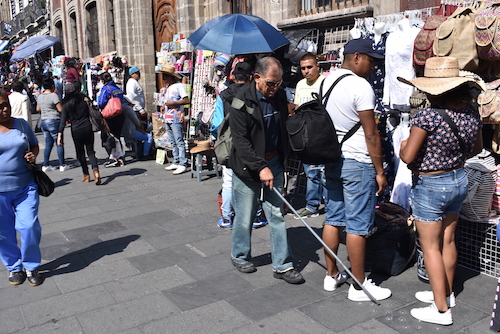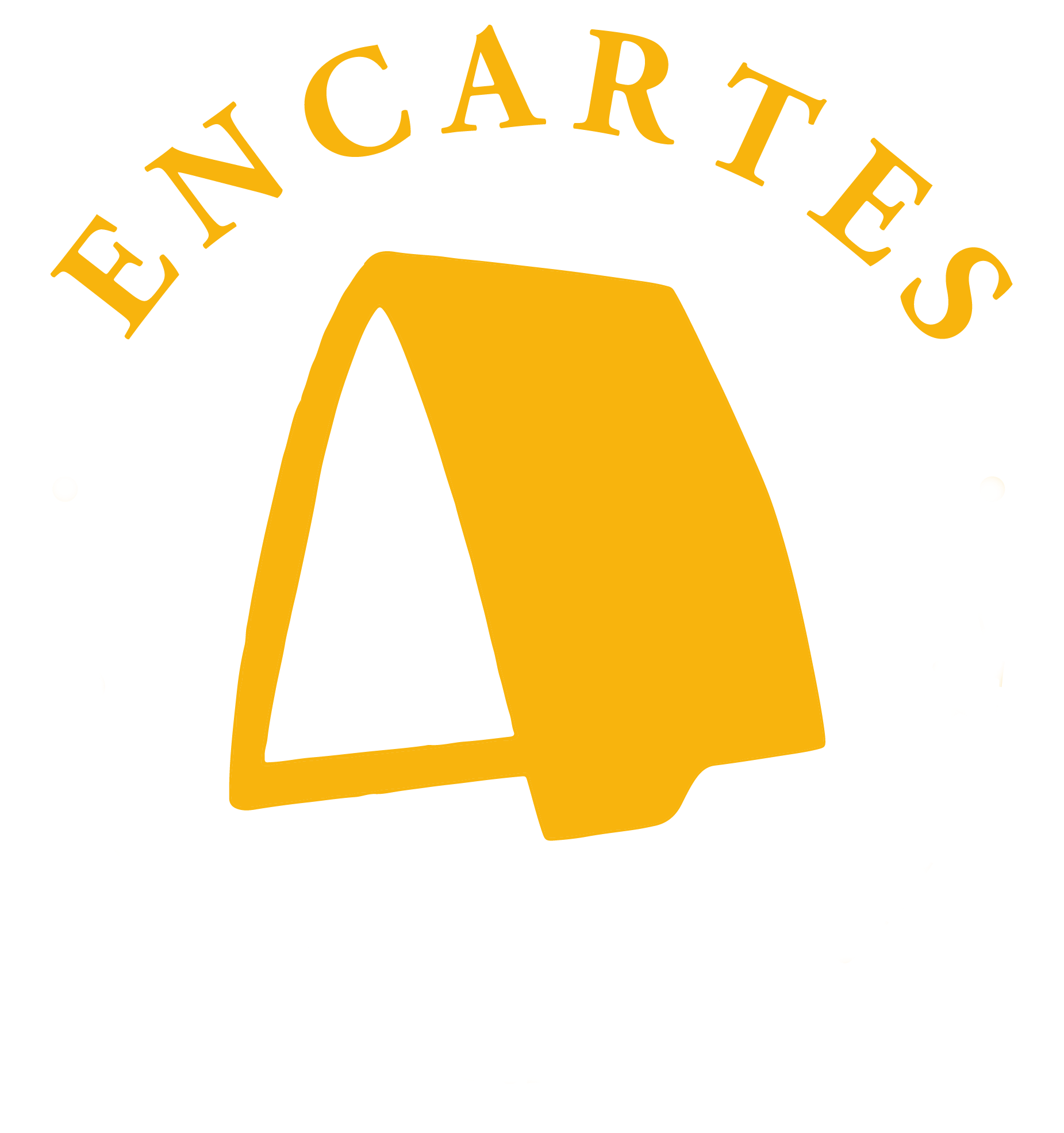home » public space
Articles about "public space"
Realidades socioculturales
Vol 5 No 10 (2022)
The Celebration of Beliefs. Cultural Policies and Religious Diversity in a Public Cultural Center in the City of Buenos Aires (Argentina)
- María Eugenia Funes
- Mercedes Máspero
- Mercedes Nachón Ramírez
Keywords: Argentina, religious diversity, public space, New Age spirituality, cultural policies.
The purpose behind this article is to analyze the way in which the diversity of beliefs was defined and rebuilt in a cycle organized by a public cultural center in the city of Buenos Aires. For this, we will study the uses of the category of belief and the spiritual references created by participating state agents, artists and religious and spiritual specialists. We ask ourselves the definitions of all that is religious, spiritual and the diversity of beliefs that move outside institutions traditionally linked to religion. Likewise, we set out to show, using a specific case, the way in which the concern over diversity in the design of Latin American cultural public policies can coexist with the selection of specific cultural expressions which, in this case, represent only a part of the existing religious diversity. The data were built from a qualitative strategy that included participatory observations, in-depth interviews and the analysis of documents.
Temáticas
Vol 3 No. 5 (2020)

Centrality of the senses: movements of a blind person through the center of Mexico City
- Miguel Angel Aguilar Diaz
Whe field of sensory studies is still a developing academic field; however, various contributions from different social sciences have begun to shape a body of relevant knowledge. When thinking about life in cities as a sensory experience, several questions arise about the preponderance of one sense over others, or about the way in which the senses are socially structured, and from there arise questions about the differentiation in their use and significance. This text explores this topic based on an in-depth interview and on walking around downtown Mexico City with a blind person. This testimony highlights the importance of the sensitive world through which his tours take place. Orientation strategies, sensitive memory and the elaboration of sequential mental maps are crucial for movement, as are textures, smells and sounds. It is therefore possible to think of the existence of a sensory order from which routes and interactions are structured. The narrative of the displacements is also important insofar as it shapes the experience, makes it communicable and defines the narrator.






